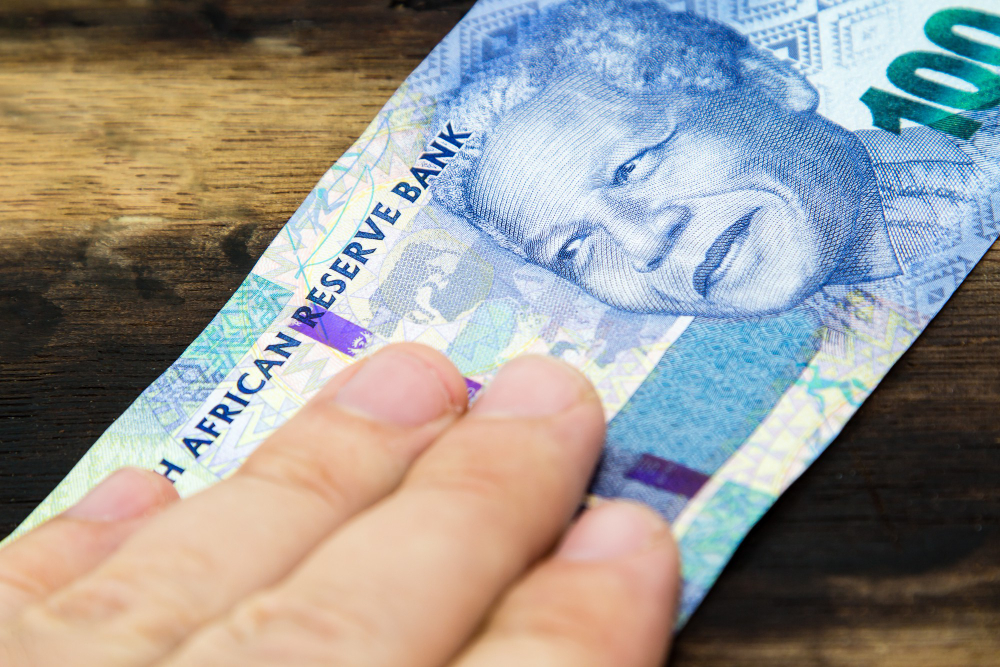Understand the 50-30-20 budgeting rule easily

If you’re seeking a straightforward and effective way to manage your personal finances, the 50-30-20 rule might be just what you need. This approach is simple to grasp and can fit any financial landscape, aiding you in balancing your earnings, spending, and saving.
So, what exactly is this rule? How does it function, and most importantly, how can you implement it in your everyday life? We will elaborate on this method below. Keep reading!
What does the 50-30-20 rule mean?
The 50-30-20 rule serves as a budgeting guide that aims to streamline your financial management.
This method categorizes your net income—what’s left after taxes and contributions—into three key segments:
- 50% for essentials: unavoidable costs like housing, food, transport, and utilities.
- 30% for desires: non-essential expenses such as dining out, travel, and entertainment.
- 20% for savings: funds set aside for future goals and emergencies.
This allocation forms a strong base for your financial planning, allowing for small indulgences while also building up your security savings.
Implementing the 50-30-20 rule
Now that you’re familiar with the 50-30-20 rule, let’s dive into how you can apply this system to your daily financial routine. This rule can help you manage your finances more effectively.
Interested in applying this rule? Let’s break it down into simple, actionable steps for you to follow.
1. Determine your net income
First, it’s crucial to know exactly how much you take home every month. This figure should include your salary post-deductions and any additional income from sources like freelancing or rental properties.
As an example, if you earn R$5,000 but your take-home pay after deductions is R$4,000, that’s the amount you will use for your budgeting.
2. Record your monthly expenses
It’s time to gather all your expenses—use a pencil, pen, or spreadsheet, whatever suits you best. List out your expenditures and sort them into categories like needs, wants, and savings. This crucial step will help you understand your spending habits and make necessary adjustments.
Some examples of expenses:
- Essentials: rent, groceries, utility bills, transport.
- Wants: streaming services, dining out, travel.
- Savings: emergency funds or investment accounts.
3. Review Your Spending
Now that you have your data, evaluate if your spending aligns with the 50-30-20 rule. If over half of your budget goes to essentials, it might be time to rethink your lifestyle or find ways to cut costs, like negotiating bills or reducing unnecessary spending.
4. Set Goals and Track Progress
Simply making a plan isn’t enough; you need to regularly check in to ensure you’re on track. Utilize budgeting apps or a straightforward spreadsheet to keep tabs on your progress.
Why the 50-30-20 Rule Works
The effectiveness of this rule lies in its simplicity. It establishes clear boundaries for each expense category, preventing overspending and helping you focus on what truly matters. Plus, it’s adaptable to fit your financial situation.
If your income is limited, you might need to temporarily modify the percentages, such as switching to 60-20-20 or 50-20-30. The key is to stay disciplined and keep your ultimate goals in sight.
Benefits of Following This Rule
By embracing the 50-30-20 rule, you gain a clearer understanding of your finances and cut down on money-related stress. But what are the real perks? Discover the many advantages of this budgeting approach!
- Control over finances: you know where your money goes, avoiding surprises;
- Freedom to indulge: the 30% for pleasures lets you enjoy without guilt;
- Future security: the 20% for savings helps build a safety net and achieve long-term goals;
- Adaptability: this rule can shift as your circumstances change.
The 50-30-20 rule is an effective method for balancing spending, saving, and enjoying life. It serves as a foundation for maintaining financial control while pursuing your ambitions, both big and small. Start organizing your finances with this rule today and watch how your relationship with money transforms!



